
.jpg)
(1) K.I. Melnik, D.V. Magilin, A.G. Ponomarev, Nucl. Instr. and Meth. B 306 (2013) 17–20.
SIMB Lab specializes in:
- simulation of an ion beam dynamics;
- optimization of a nuclear probe formation;
- simulation and measurement of the lens magnetic field;
- designing, production and installation of the microprobe channels.
Products of SIMB Laboratory:
Single-unit doublet of magnetic quadrupole lenses & positioning table.
.jpg)
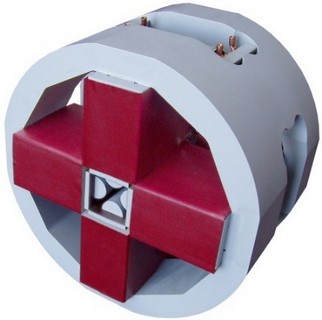
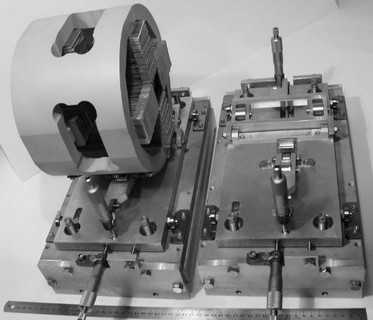
- common axis reduces parasitic aberrations due to translational, tilt and rotational misalignments of the lenses;
- common yoke enables a precise centering of both lenses to the beam axis with the help of positioning table;
- maximal field gradient of 0.65 T/cm is achieved at the current of 15 A(2).
(2) V.A. Rebrov, A.G. Ponomarev, V.K. Palchik, N.G. Melnik, Nucl. Instr. Meth. Phys. Res. B 260 (2007) 34-38.
Individual magnetic lenses
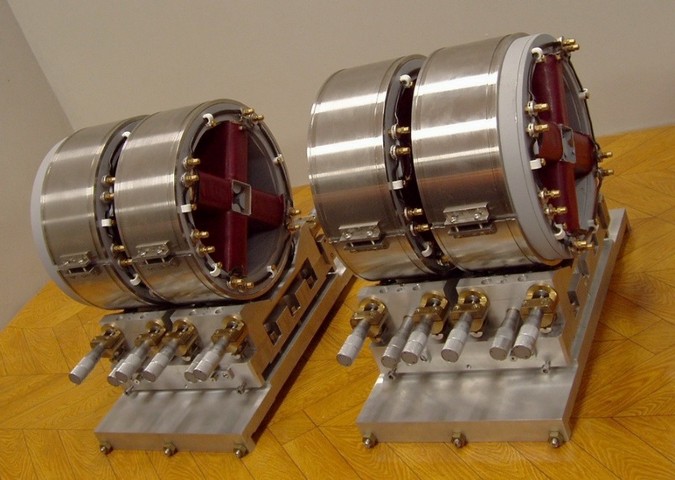
- aperture radius is 0.65 cm, lengths 90 and 115 cm;
- new positioning tables enable more handy and precise lens centering;
- maximal field gradient of 0.65 T/cm is achieved at the current of 15 A(3).
(3) V. A. Rebrov A. G. Ponomarev D. V. Magilin at al., Technical Physics Vol. 52 - Issue 3 - 2007 - pp. 365-368.
Lens field measurement facility
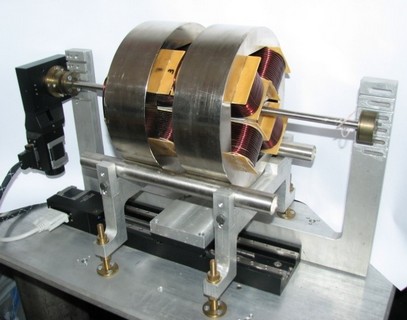
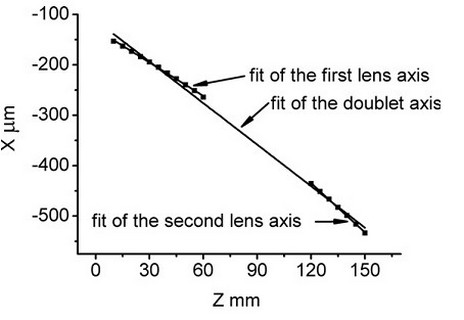
- facility determines a multipole structure of the lens fields;
- it determines the relative positions of the physical lens axes 4.
(4) S.V. Kolinko, A.G. Ponomarev, V.A. Rebrov. Nucl. Instr. and Meth. A. – 2013. – Vol. 700. – P. 70-74.
Current projects:
Upgrade of OM 50 type lenses - rewinding
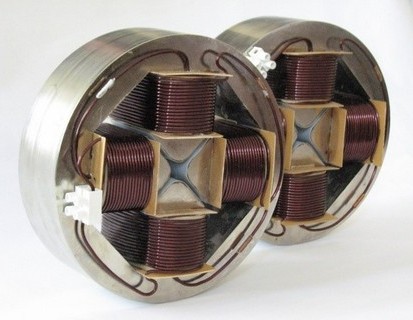
.jpg)
Upgrading of the lenses allows getting necessary magnetic field and using the available low current power supply.
Conical lens
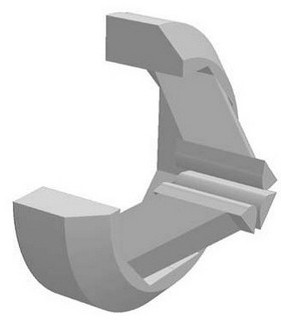
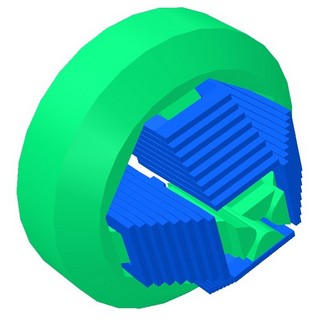

The lens design simplifies arrangement of IBA detectors and allows to operate with small working distance (down to 50 mm)(5).
(5) K.I. Melnik, D.V. Magilin, A.G. Ponomarev, Nucl. Instr. and Meth. B. – 2009. – Vol. 267. – P. 2036–2040.
Lens with a conical aperture

.jpg)
Depending on the conical angle the lens could have a different focal length, position of the maximum magnetic gradient of the lens and aberration values(6). (Promising for permanent magnets developing)
(6) A.A. Ponomarova, G.S. Vorobjov, A.G. Ponomarev, Nucl. Instr. and Meth. B. (In Press).
One-stage quintuplet system with four power supplies (triplet upgrade).

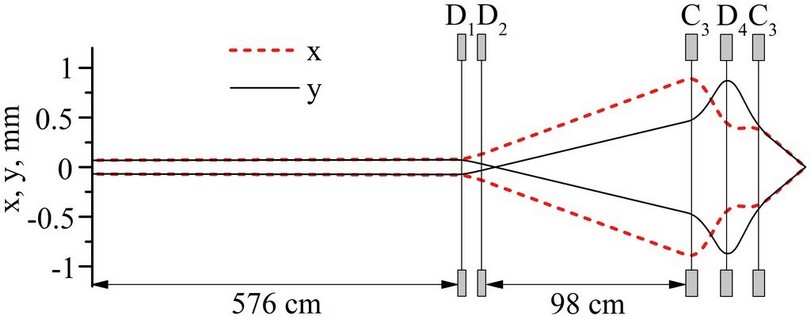
Four independent power supplies allow flexible setting of the lens magnetic field.
Easily adjusted single-unit doublet as the first two lenses eliminates the problem of lenses’ alignment.
Such microprobe lens system can be used in two modes (high acceptance and high demagnification) at the same geometry (7).
(7) Artem Ponomarov, Sergey V. Kolinko, Alexander G. Ponomarev, Nannan Liu, Nucl. Instr. and Meth. B. (In Press).
Immersion probe-forming system.
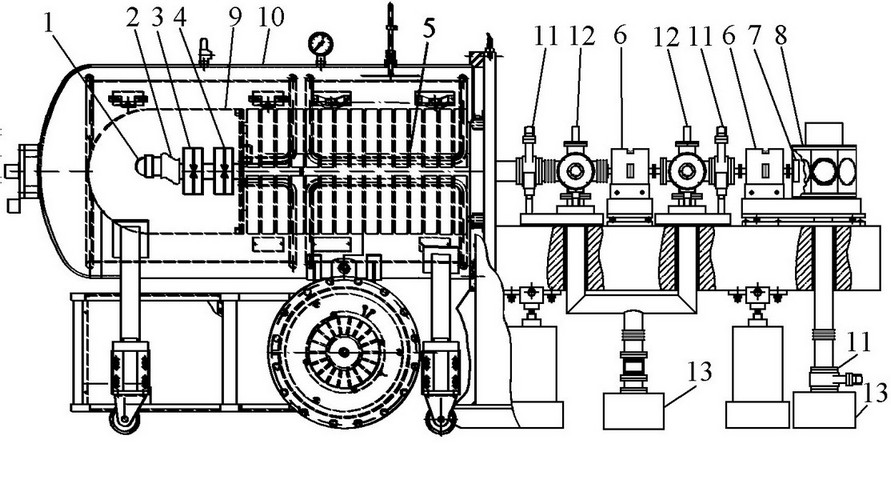
The compact nuclear microprobe employs an accelerating tube for the probe formation.
In such design a mass-separator, object and angular collimators are placed at the accelerating tube entrance.
After the accelerator a quadruplet of magnetic quadrupole lenses is positioned to provide a final ion probe formation at the target.
Using accelerating tube as an extended electrostatic immersion lens a total aberration level could be reduced.
The general length of the whole proposed facility is about 4 m(8).
(8) I.G. Ignat’ev, D.V. Magilin, V.I. Miroshnichenko, A.G. Ponomarev, V.E. Storizhko, B. Sulkio-Cleff, Nucl. Instr. Meth. B 231 (2005) 94.
Design of the nuclear microprobe for Laboratory of Neutron Physics of Joint Institute for Nuclear Research
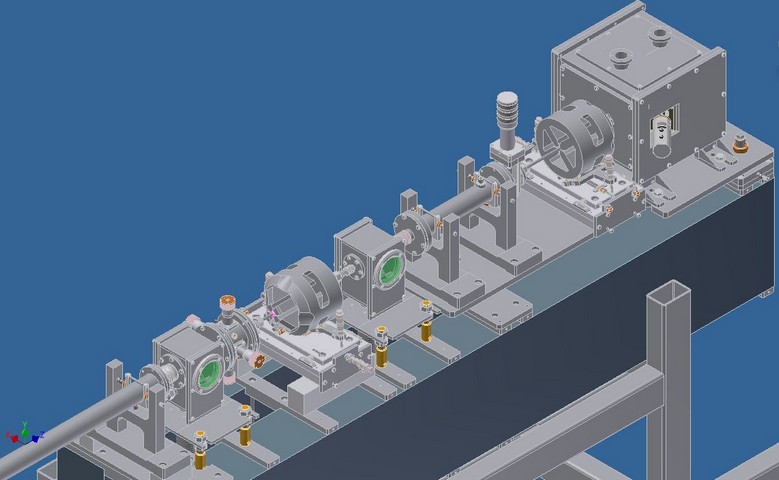
According to the signed agreement with Joint Institute For Nuclear Research (JINR, Dubna, Russia), SIMB Lab is designing a scanning nuclear microprobe setup on the base of the EG-5 LNP accelerator of JINR.
We are looking forward to future collaborations.
Contact person: Artem Ponomarov ponomart[at]yahoo[dot]com


.jpg)
.jpg)






.jpg)




.jpg)



